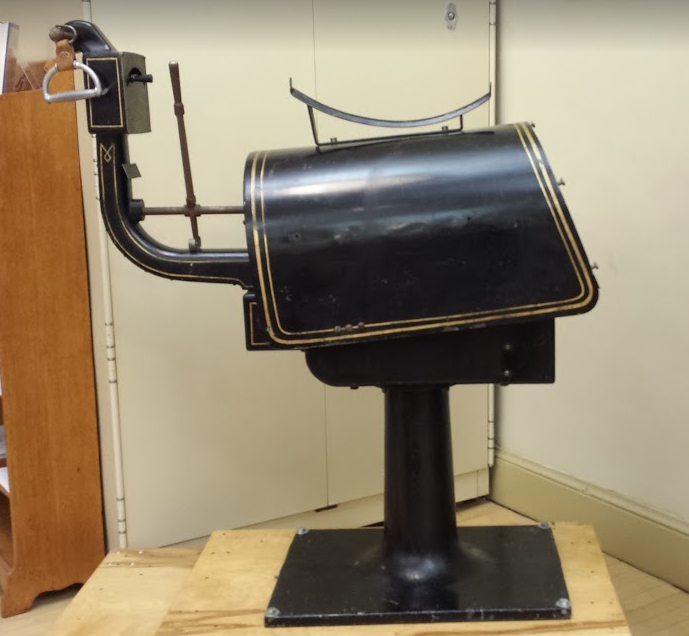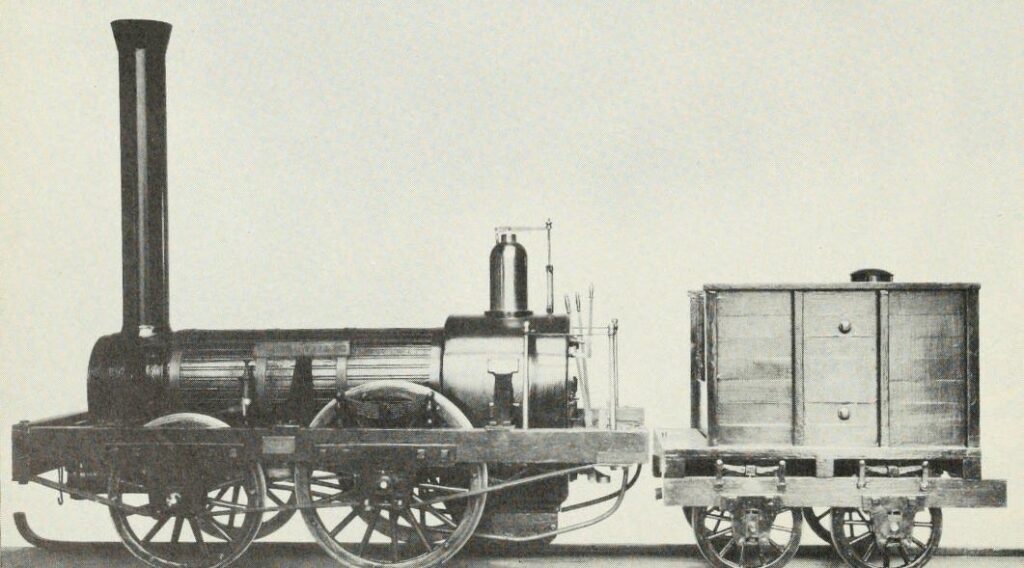USS Constitution gained its nickname, “Old Ironsides,” when crew observed British cannonballs bouncing off the ship’s side in the opening volleys of the battle with HMS Guerriere during the War of 1812. “Huzzah, her sides are made of iron!” one of them cried out.
Even though the ship’s sides are made of wood, the nickname came to imply a sense of undefeatable strength that characterized the ship’s battle career. In the centuries since, the nickname has been adopted for a variety of other uses, some earnest, some mocking, some unexplained.
The President’s “Horse”
One of the most notable adoptions of “Old Ironsides” was a reference to a mechanical horse that President Calvin Coolidge quietly installed in the White House after he took office in 1923.
Coolidge was a fan of horseback riding, which was his primary and regular form of exercise before becoming president. But apparently the Secret Service forbid the president from riding due to the hazards and exposure. So an electric mechanical horse was brought into the White House for Coolidge to take short “rides” three times a day in his dressing room. It had two settings, “trot” and “gallop,” with three speeds to each setting.

“This mechanical horse shows Cal’s ingenuity,” columnist John MacElhinney wrote in the Brooklyn Daily Eagle. “Next thing we hear he’ll be skating in the ice-box.”
Despite fierce objections by Republicans, Democratic congressman Frederick Moore Vinson of Kentucky stood in the House of Representative and read a 15-verse satirical poem he’d written about Coolidge and his mechanical horse.
It’s unclear exactly who nicknamed the contraption “Old Ironsides,” but the name was part of the mockery. According to the White House, the machine’s official name was named “Thunderbolt.”
An Ironclad Safe
In the early 1900s, the Long Island Railroad had a safe in its Farmingdale, New York, office that earned the nickname “Old Ironsides” after numerous unsuccessful attempts to break into it. According to reports from Nebraska’s Lincoln Star in February 1924, one or more burglars apparently spent all night trying to drill holes in the safe before abandoning the effort and fleeing. It was the safe’s seventh failed attempted burglary.
America’s First Locomotive
In 1832, Mattias Baldwin built the first successful American train locomotive and named it “Old Ironsides.”
Having developed small stationary steam engines for factory and foundry applications, Baldwin was commissioned to create a model steam locomotive. From this model, Baldwin built a full-size engine that incorporated design elements from successful English locomotives. First tested on November 23, 1832, the five-ton engine reached a top speed of 28 miles per hour. It served for 20 years on the Philadelphia, Germantown and Norristown Railroad.
“Old Ironsides”’ success launched the Baldwin Locomotive Works, which continued to build engines for railroads through 1956. Although the original locomotive was scrapped, Baldwin built a full-size replica of “Old Ironsides” for the 1893 Chicago Exposition, and it remains on display today at the Shelbourne Museum in Vermont.

1st Armored Division
When Major General Bruce Magruder took command of the newly created 1st Armored Division of the U.S. Army in 1940, he nicknamed the division “Old Ironsides” after USS Constitution.
With the United States’ entry into World War II, the 1st Armored Division pioneered tank warfare for the U.S. Army. In “Operation Torch,” it was the primary American unit battling Germany across the North African desert. From there it went to Italy and continued north during the war. The total number of tanks in the division rose from about 66 when it was first established to more than 300 at its height as a heavy tank division. Infantry, artillery, and support vehicles rounded out the massive force.
The 1st Armored Division is still operational today. It’s logo features a naval long gun akin to Constitution’s over an image of tank tracks.
Benevolent Patriarch
The 1922 western novel, Whispering Sage, features a character named José Arrascada who is called “Old Ironsides” by the narrators and other characters. Arrascada, a Basque rancher, is the tough but benevolent patriarch of Rancho Buena Vista in the fictional Paradise Valley, Nevada. In the story, Arrascada is embroiled in a battle over water rights with villainous newcomers to the Valley. [Spoiler Alert!] Though he never pulls a gun, “Old Ironsides” is eventually ambushed by unseen villains – shot off his horse as he rides back from another encounter.
“José’s horse stared at his fallen master. He came close and nudged him with his nose. But the wide-open, unseeing eye of the man who had ridden him so long were glazed in death.
Old Ironsides would never ride the trails again!”
Whispering Sage was adapted into a silent movie in 1927, featuring popular cowboy actor Buck Jones in the lead role and French-American actor/director Émile Chautard as José Arrascada. The book’s authors, Harry Sinclair Drago and Joseph Noel, never explain the origin of Arrascada’s nickname.
The Author(s)
Carl Herzog
Public Historian, USS Constitution Museum
Carl Herzog is the Public Historian at the USS Constitution Museum.